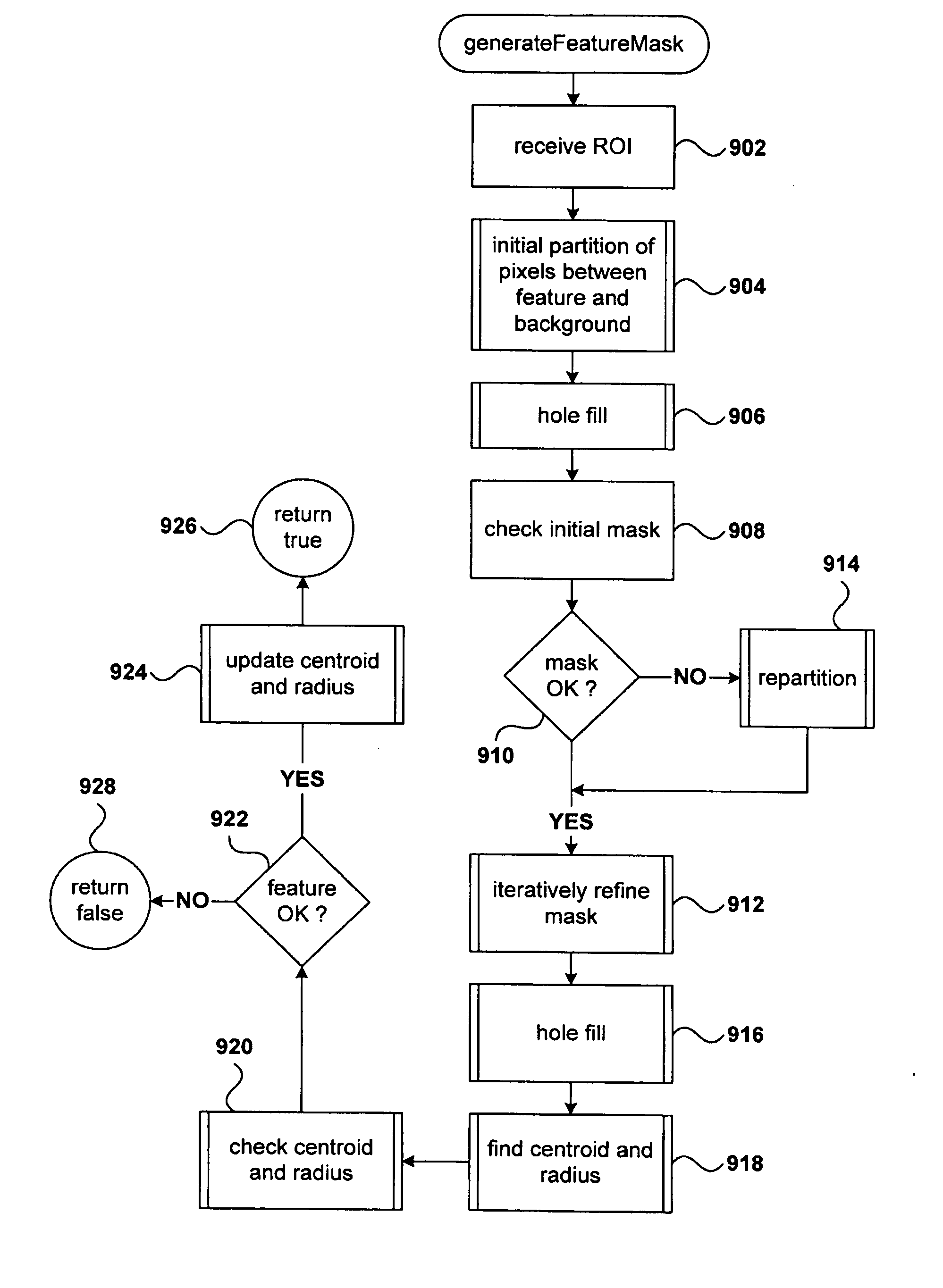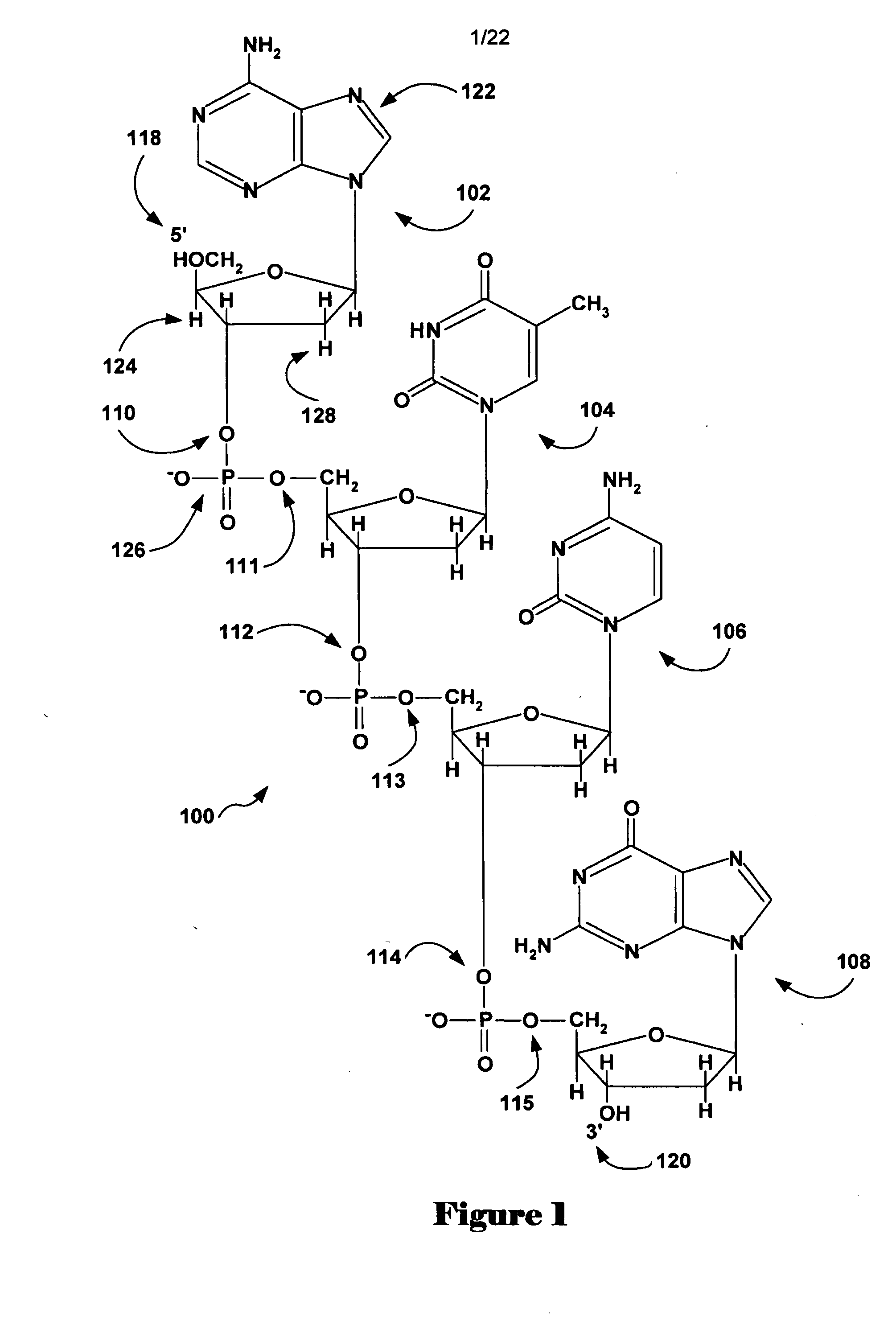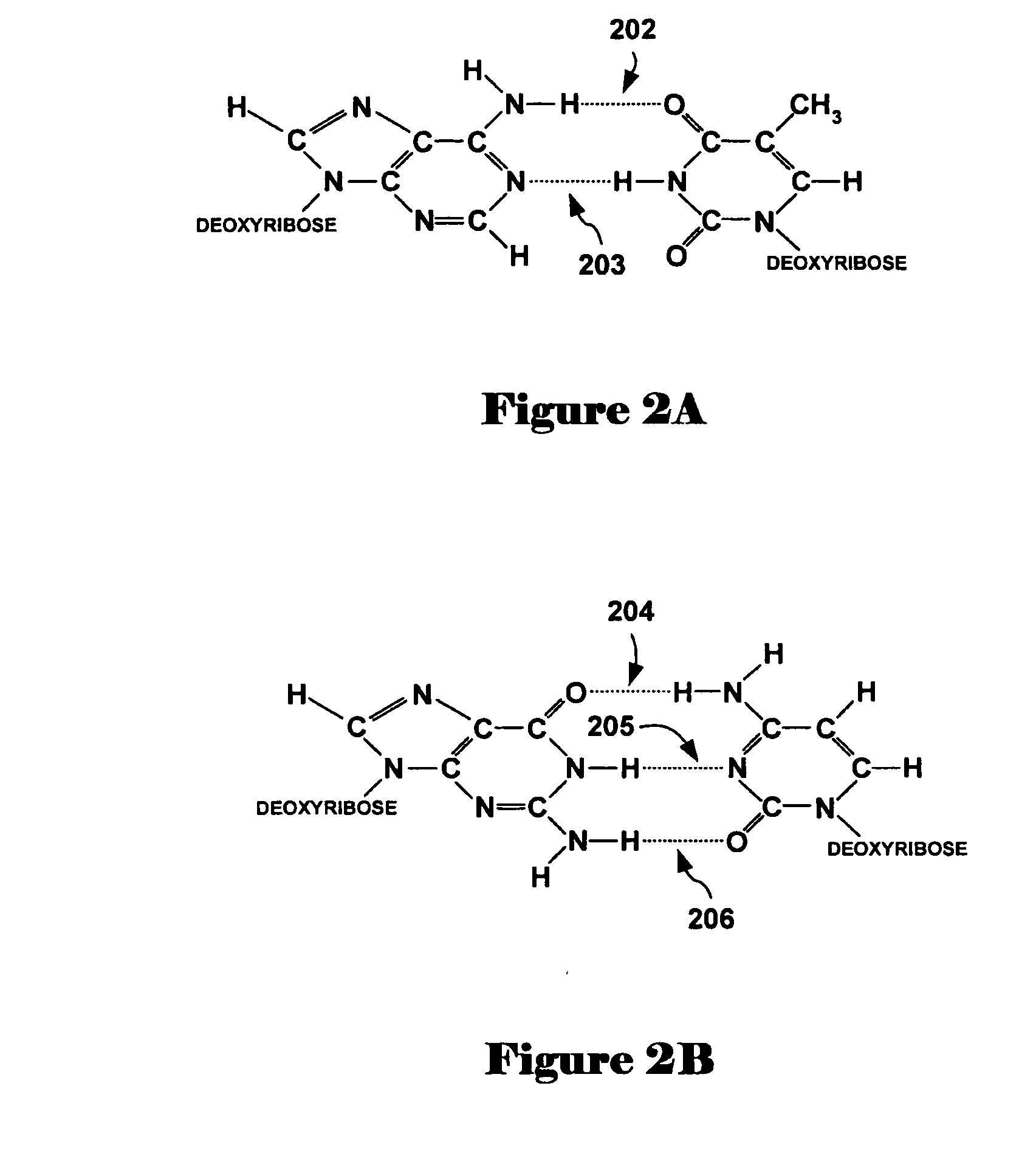Classification of pixels in a microarray image based on pixel intensities and a preview mode facilitated by pixel-intensity-based pixel classification
a microarray image and intensity-based technology, applied in image enhancement, instruments, transportation and packaging, etc., can solve the problems of intensity-based feature-pixel/background-pixel partitioning methods, high non-uniform intensities, and difficulties in employing the currently used
- Summary
- Abstract
- Description
- Claims
- Application Information
AI Technical Summary
Benefits of technology
Problems solved by technology
Method used
Image
Examples
Embodiment Construction
[0032] One embodiment of the present invention provides a method and system for discriminating between pixels, in a digital image of a microarray, associated with features and pixels in inter-feature regions of the microarray image referred to as background pixels. In a first subsection, below, additional information about microarrays is provided. Those readers familiar with microarrays may skip over this first subsection. In a second subsection, embodiments of the present invention are provided through examples, graphical representations, and with reference to several flow-control diagrams. In a third subsection, a C++-like pseudocode implementation of one embodiment of the present invention is provided, to illustrate details omitted from the higher-level discussion in the previous subsection. An alternative embodiment of the present invention is included, in Appendix A.
Additional Information About Molecular Arrays
[0033] An array may include any one-, two- or three-dimensional ar...
PUM
 Login to View More
Login to View More Abstract
Description
Claims
Application Information
 Login to View More
Login to View More - R&D
- Intellectual Property
- Life Sciences
- Materials
- Tech Scout
- Unparalleled Data Quality
- Higher Quality Content
- 60% Fewer Hallucinations
Browse by: Latest US Patents, China's latest patents, Technical Efficacy Thesaurus, Application Domain, Technology Topic, Popular Technical Reports.
© 2025 PatSnap. All rights reserved.Legal|Privacy policy|Modern Slavery Act Transparency Statement|Sitemap|About US| Contact US: help@patsnap.com



